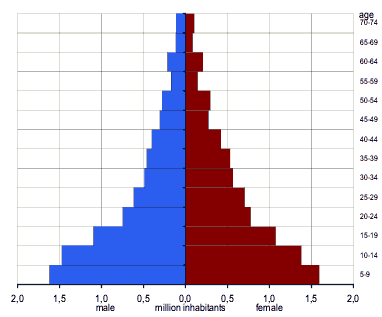Population Forecasting - Urban Planning of a Railway Station
|
|
Forecasting the population growth is essential for every planner, as you are planning for the future. It is, therefore, important to know how many people will be living in the area or the place of concern. In general, one calculates several projections for the same place or area making various assumptions. Population development is a dynamic process, so for forecasting population different assumptions are made on the natural development, fertility and mortality, as well as on migration behaviour. This gives a range of population to count with in the future. To achieve relatively reliable results for a population forecast, basic data needed are a population census for the given area with exact data on age for both sexes. For natural population development, data needed are age specific fertility rates, age and sex specific mortality rates and the trends of change over a period of a minimum of ten years. For migration, also age and sex specific migration rates are needed. Based on that the calculations can be made. The further away the given time in future the more inaccurate the forecast will be, as trends may change. Where the data base is limited, only simple projections are possible. Trends of natural population development can be derived from data, usually published for the whole country as census results. From the latest census data and the previous census data one can calculate the annual natural growth rate, assuming that in- and out-migration of the country is somewhat balanced. Trends for internal migration are more difficult to obtain.
|
